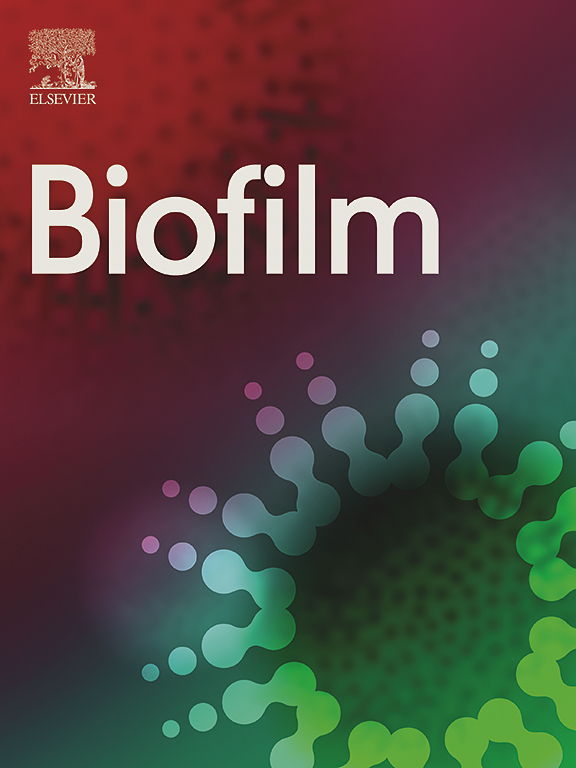ADAMTS2:比前胶原n -蛋白酶多
IF 9.4
2区 医学
Q1 BIOCHEMISTRY & MOLECULAR BIOLOGY
引用次数: 0
摘要
具有凝血反应蛋白基序2的崩解素和金属蛋白酶(ADAMTS2)是ADAMTS锌金属蛋白酶家族的一员,以其在纤维性胶原成熟过程中作为前胶原I - n蛋白酶的作用而闻名。ADAMTS2基因的双等位基因缺陷,导致ADAMTS2酶活性的丧失和I型前胶原分子中n -前肽的保留,导致人类和动物罕见的单基因疾病ehers - danlos综合征皮肤稀疏型(dEDS),这种疾病的特征是皮肤和其他软结缔组织极度脆弱。最近的研究大大扩展了ADAMTS2的底物范围,揭示了它在几个生物学过程中的潜在作用,包括血管生成、淋巴管生成、神经发育、免疫和精子发生。也有新的证据表明ADAMTS2在复杂疾病中发挥作用,包括癌症、心血管和神经退行性疾病。这些发现可能不仅为迄今尚未解决的皮肤稀疏问题提供了答案,而且还揭示了ADAMTS2在许多疾病中的治疗和/或生物标志物潜力。本文对ADAMTS2的发现、结构、调控和酶促作用、其在纤维性胶原成熟和dEDS发病机制中的作用以及其新发现的底物及其在复杂疾病中的潜在作用进行了深入的综述。本文章由计算机程序翻译,如有差异,请以英文原文为准。
ADAMTS2: More than a procollagen N-proteinase
A disintegrin and metalloproteinase with thrombospondin motifs 2 (ADAMTS2) is a member of the ADAMTS zinc metalloproteinase family, best known for its role as a procollagen I N-proteinase in the maturation of fibrillar collagens. Biallelic defects in the ADAMTS2 gene, resulting in a loss of ADAMTS2 enzyme activity and consequent retention of N-propeptides in type I procollagen molecules, lead to the rare monogenic disease Ehlers-Danlos syndrome dermatosparaxis type (dEDS) in humans, and dermatosparaxis in animals, conditions that are hallmarked by extreme fragility of the skin and other soft connective tissues. Recent studies have expanded the substrate repertoire of ADAMTS2 considerably, revealing its potential implication in several biological processes, including angiogenesis, lymphangiogenesis, neurodevelopment, immunity, and spermatogenesis. There is also emerging evidence for a role for ADAMTS2 in complex disorders, including cancer and cardiovascular and neurodegenerative disease. These findings may not only provide answers to hitherto unsolved questions in dermatosparaxis but also unveil a therapeutic and/or biomarker potential of ADAMTS2 in many diseases. This narrative review provides an in-depth overview of the discovery, structure, regulation, and enzymatic role of ADAMTS2, its role in fibrillar collagen maturation and in dEDS pathogenesis, as well as its newly discovered substrates and its potential role in complex disorders.
求助全文
通过发布文献求助,成功后即可免费获取论文全文。
去求助
来源期刊

Genes & Diseases
Multiple-
CiteScore
7.30
自引率
0.00%
发文量
347
审稿时长
49 days
期刊介绍:
Genes & Diseases is an international journal for molecular and translational medicine. The journal primarily focuses on publishing investigations on the molecular bases and experimental therapeutics of human diseases. Publication formats include full length research article, review article, short communication, correspondence, perspectives, commentary, views on news, and research watch.
Aims and Scopes
Genes & Diseases publishes rigorously peer-reviewed and high quality original articles and authoritative reviews that focus on the molecular bases of human diseases. Emphasis will be placed on hypothesis-driven, mechanistic studies relevant to pathogenesis and/or experimental therapeutics of human diseases. The journal has worldwide authorship, and a broad scope in basic and translational biomedical research of molecular biology, molecular genetics, and cell biology, including but not limited to cell proliferation and apoptosis, signal transduction, stem cell biology, developmental biology, gene regulation and epigenetics, cancer biology, immunity and infection, neuroscience, disease-specific animal models, gene and cell-based therapies, and regenerative medicine.
 求助内容:
求助内容: 应助结果提醒方式:
应助结果提醒方式:


